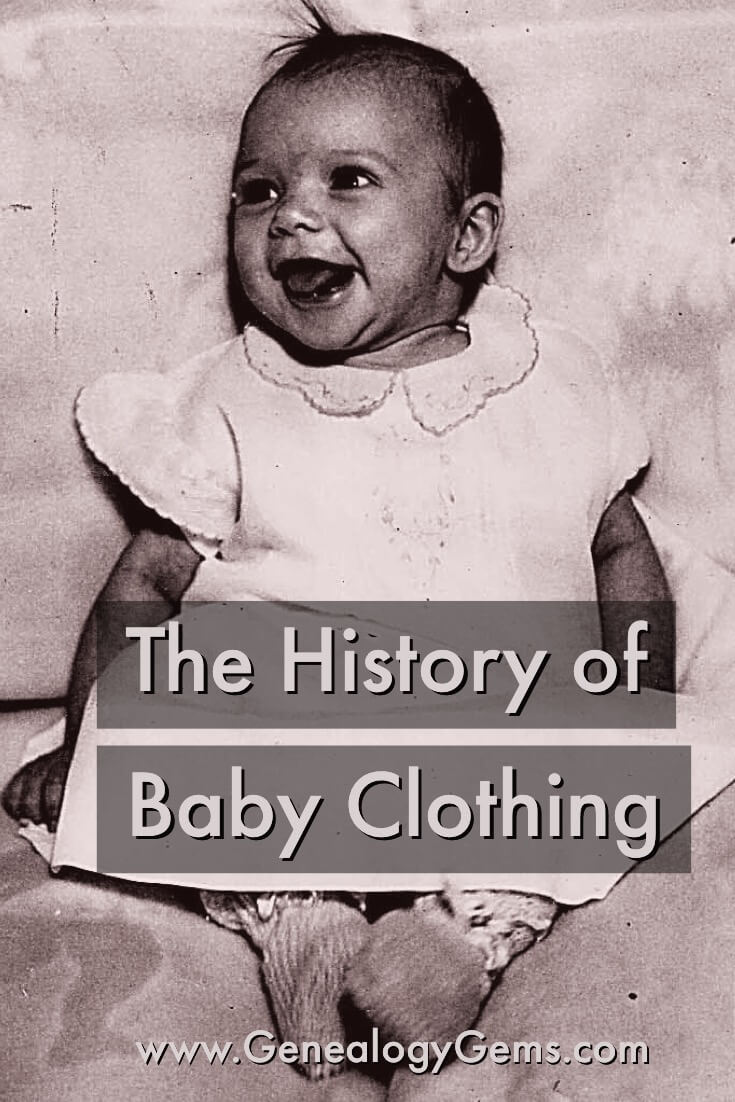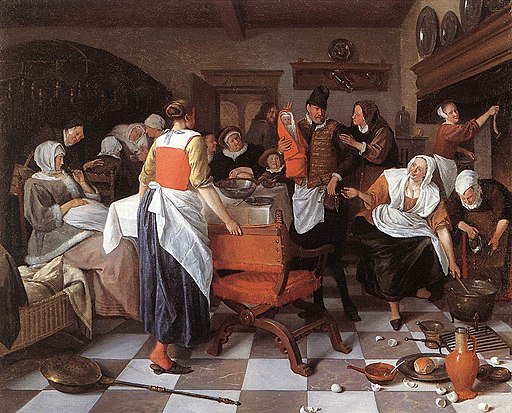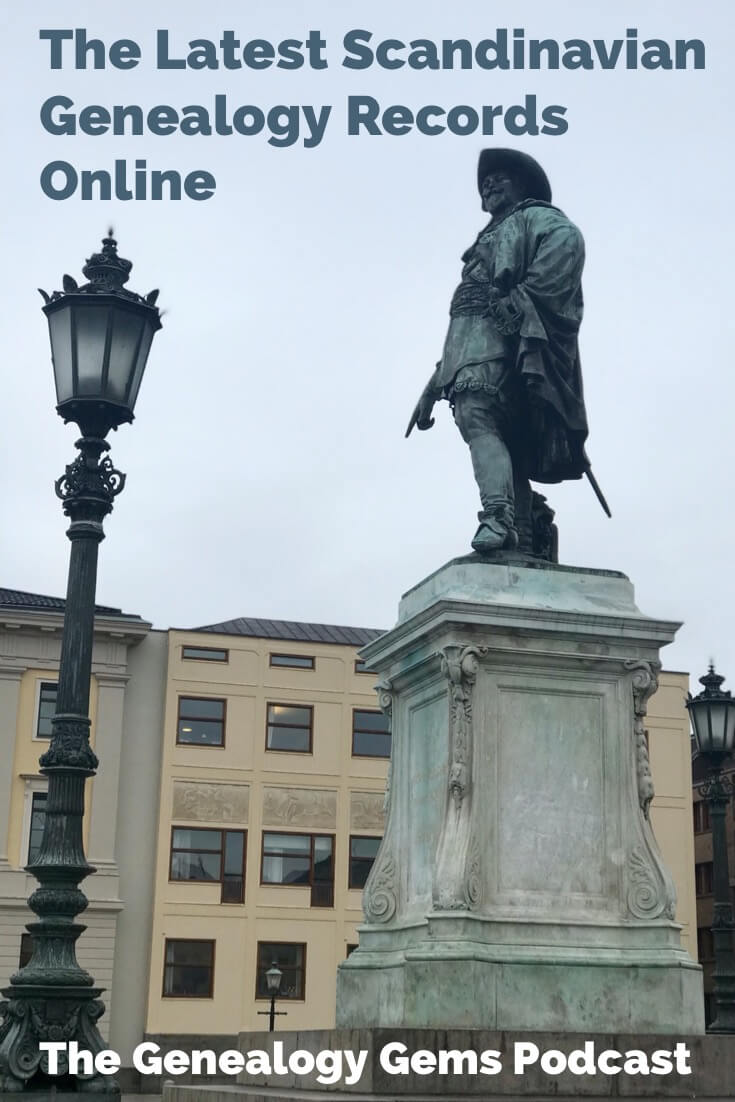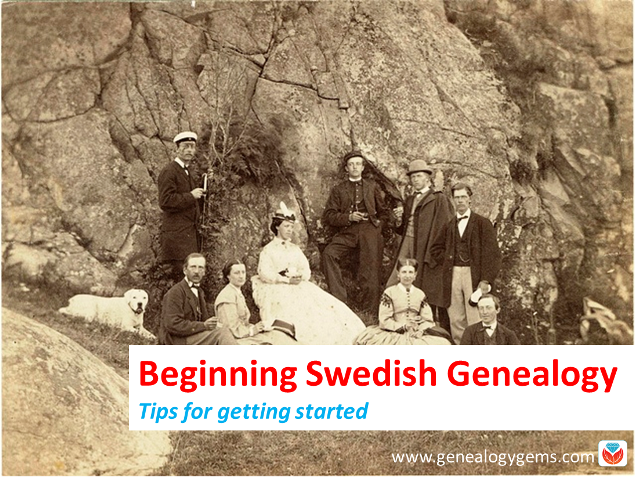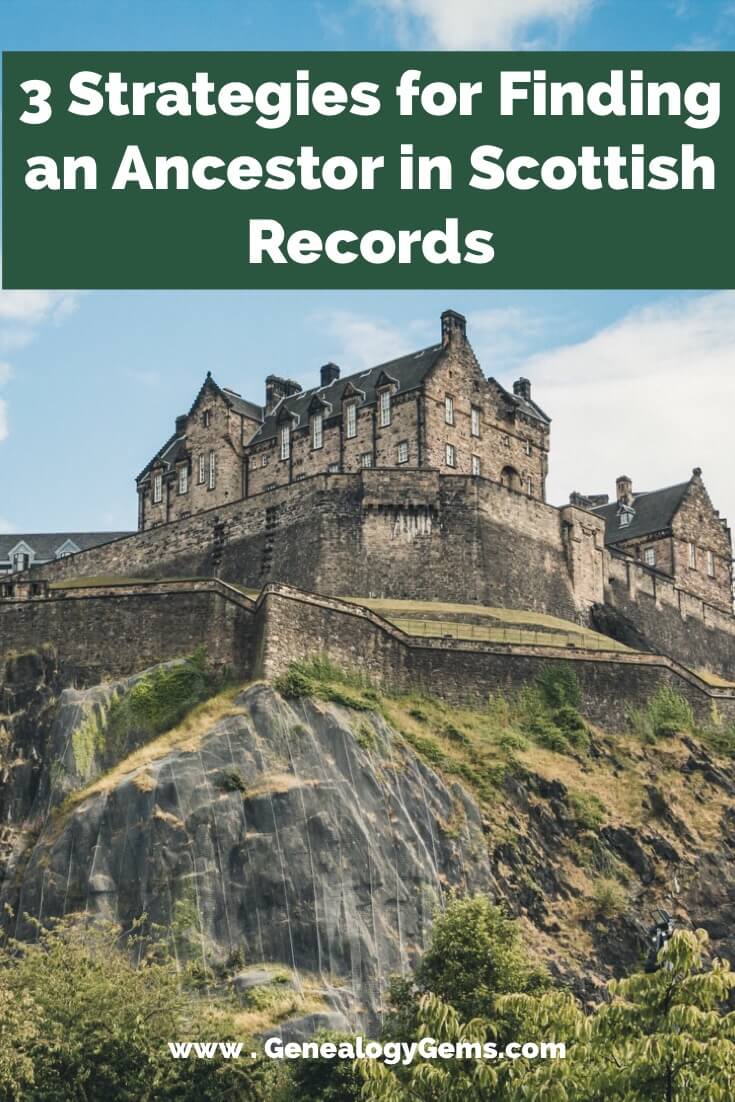Blog

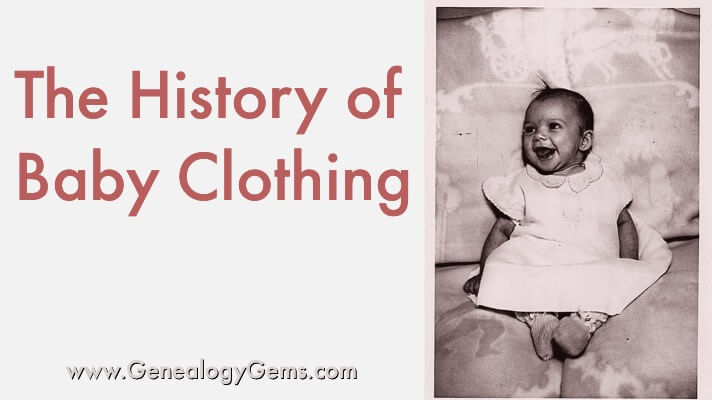
The History of Your Ancestors’ Baby Clothes
Valentine’s Day brings to mind visions of cupid, a baby dressed only in a nappy shooting arrows of love at unsuspecting couples. While this little cherub celebrates the holiday au natural, let’s take some time to talk about the fashion statements the babies in our family tree have made through the centuries. To help us visualize the togs those tots wore we could turn to our grandmother’s photo albums, but there we may find a surprise: lots of photos of female ancestors and surprisingly fewer of the males. Why is that? Read on as my colleague and guest genealogist Allison DePrey Singleton, Librarian at the Allen County Public Library Genealogy Center unravels the mystery and stitches together a delightful history of baby clothing.
The History of Baby Clothing
The history of baby clothes in America is fascinating. Many reasons exist as to why not much is written about baby clothes the further back in history you go. One reason is that baby clothes were just a natural part of life and not something that was documented thoroughly. Another is that baby clothes were not colorful or eye-catching. Traditionally, baby clothes were white so they could be easily bleached.
Swaddling in the 17th Century
In the 1600s, babies were “swaddled” and not in the current sense of the word. They were wrapped tightly in cloth so their legs and arms would stay straight. It was thought that if the baby’s limbs were bent, they could become physically deformed. The swaddling went from the head down their entire body to keep it still and straight. You can see a depiction of a swaddled baby in Jan Steen’s painting, Celebrating the Birth. The child is being held at an awkward angle, and since the child is swaddled so firmly, the head does not need to be physically supported. (Image below)
Stay with Me: More Baby Clothing History
Another fascinating seventeenth-century practice is the use of “stays” on babies. Once a baby left the swaddling period, he or she was put into a tiny corset, or stays, to keep straight and stiff. The era placed a great deal of emphasis on the positivity of an erect and straight posture. Parents dressed their children in long skirts, regardless of sex, to prevent crawling, which was considered barbaric and unnatural. The long skirts were significant indicators of age and not sex. A depiction of a child in stays and long skirts can be seen in the painting, Mrs. Freake and Baby Mary.
From Baby Clothing to Breeched
The 1700s brought new ideas about allowing physical freedom for babies. Firm swaddling went out of vogue and so did the infant stays. Parents still dressed their babies in little dresses, but they were now ankle length after about six months. As the centuries went by, baby clothes became more ornate and frilly. Social norms considered babies to be beautiful, no matter the sex, and no concerns existed about differentiating the gender at a glance. Boys and girls alike could have long ringlets and dresses. This makes identifying boys and girls in photographs more difficult. There were small nuances that separated the boys from the girls. Boys would have one style of dress while girls could possibly have a more ornate dress. Clothes were not distinct to gender until children reached a certain age. Boys would then be “breeched,” or allowed to wear breeches, sometime between four and seven years of age. As the decades passed, the age to be “breeched” became younger and younger. This painting of Two Boys in a Garden shows a boy who had been “breeched” and a younger boy who had not. You can learn more about this painting at the Connecticut Historical Society.
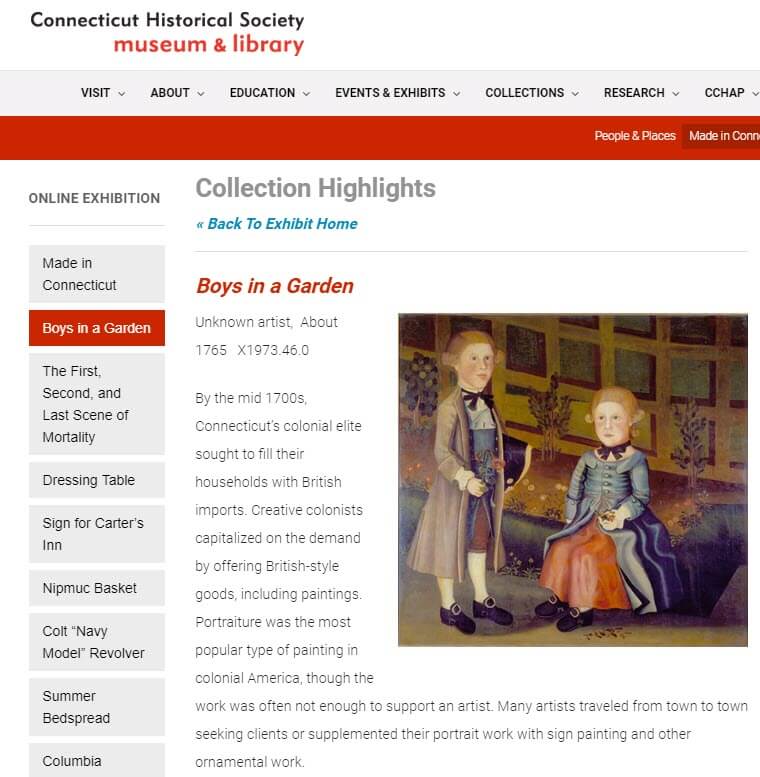
Baby Clothes in the Pink (and Blue!)
With the advent of washing machines in the mid-1800s and the expanded availability of store-bought fabrics, baby clothes began having a bit of hue to them. Initially, there were no colors assigned to either sex, but this changed in the mid-1800s. Originally, boys were assigned the color pink and girls the color blue. Check out this adorable pink and red shirt for a baby boy in The Autry’s Collections Online: http://bit.ly/2jydN1R. This vintage baby announcement is also a great example of the use of pink for boys: http://bit.ly/2jnpdlI
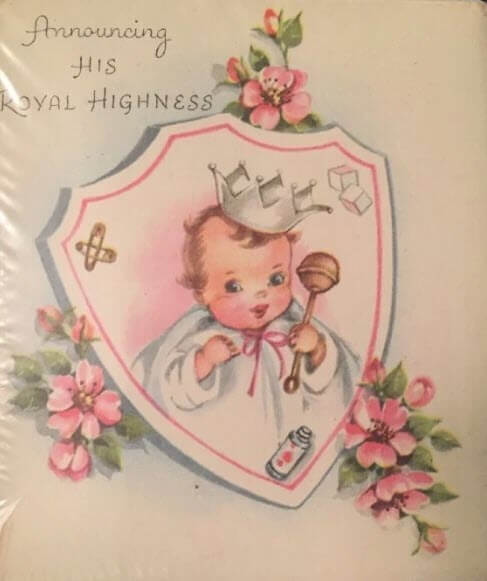
Various writings, books, and newspaper articles show this opposite color assignment for babies, including this article from 1897:
“On Friday, when she had read the papers and learned of the event at Princeton, Mrs. McKinley smiled, but her smile had a trace of discomfiture. The booties which she had sent to Mrs. Cleveland were blue, and as all the world which has had experience in such things well knows, blue booties are for girls and pink for boys.” – The Wilkes-Barre Telephone (Wilkes-Barre, Pennsylvania), Saturday, November 6, 1897.
The mixed beliefs about the correct color for each gender continued well into the 1900s. In 1925, the Betty Bob’s Family paper doll book came out with a Baby Bobby in it, featuring some feminine looking clothing: http://bit.ly/2jeCD8j. The Times Magazine featured a chart on which ten popular department stores labeled the gender of clothes for which sex. Six stores listed pink for boys and only five stores showed pink for girls (one store even had pink for both sexes). You can view this article through the same access link as for the other articles.
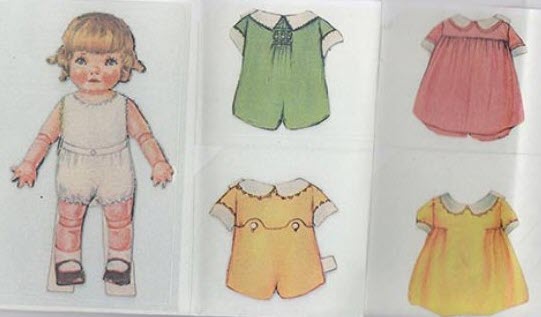
Not until after World War II did the custom of assigning pink for girls and blue for boys become set. One thing to note is that even in today’s society, baby girls can wear blue or pink, but baby boys generally are not dressed in pink. Since the color assignments became set, it has become an insult to many mothers to call a child by the wrong gender. You will see most babies with some kind of indicator on them, such as a bow headband or a little blue blanket or toy, even if their clothes are not a female shade or male shade of color.
Baby Clothing in Your Family Photo Albums
It is a relatively new phenomenon to have gender-assigned clothing instead of just age-assigned clothing. Take another look at your family photos and those vintage baby clothes. You might see something new from a different perspective.
Sources:
Baumgarten, Linda. What clothes reveal: the language of clothing in colonial and federal America: the Colonial Williamsburg Collection. Williamsburg, VA: Colonial Williamsburg.
Calvert, Karin Lee Fishbeck. Children in the house: the material culture of early childhood, 1600-1900. Boston: Northeastern University Press, 1992.
F., José Blanco, Mary D. Doering, Patricia Hunt-Hurst, and Heather Vaughan Lee. Clothing and fashion: American fashion from head to toe. Vol. 1-3. Santa Barbara, CA: ABC-CLIO, an imprint of ABC-CLIO, LLC, 2016.
Hiner, N. Ray., and Joseph M. Hawes. Growing up in America: children in historical perspective. Urbana: University of Illinois Press, 1985.
Paoletti, Jo B. “Clothing and Gender in America: Children’s Fashions, 1890-1920.” Signs: Journal of Women in Culture and Society 13, no. 1 (1987): 136-43. doi:10.1086/494390.
Paoletti, Jo Barraclough. Pink and blue: telling the boys from the girls in America. Bloomington: Indiana University Press, 2012.
“When Did Girls Start Wearing Pink?” Smithsonian.com. Accessed January 10, 2017. http://www.smithsonianmag.com/arts-culture/when-did-girls-start-wearing-pink-1370097/.
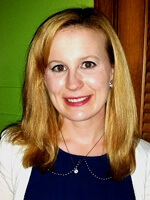
About the Author: Allison DePrey Singleton
Allison is Genealogy Librarian at the Allen County Public Library Genealogy Center where her specialties include Indiana, France, and Germany as well as programming for all levels of genealogists and keeping family history alive via social media and new digital trends.
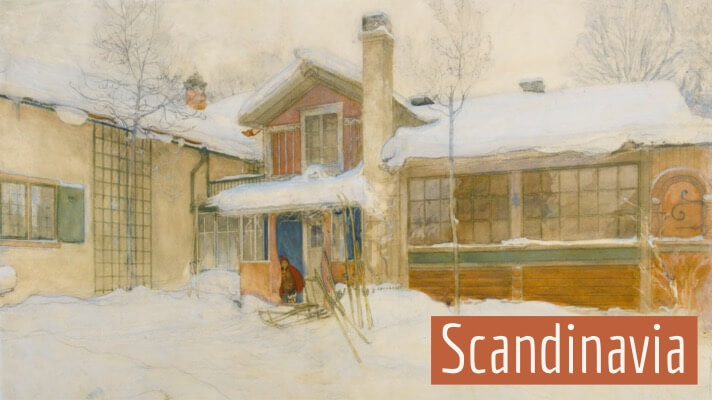
Scandinavian Genealogy Records Updated Online
This week your Scandinavian ancestors might just be waiting for you in a big update to Ancestry’s Swedish vital records collections. You can also check out the 1940 Denmark Census, available online now at MyHeritage. Additionally, Catholic records from the Archdiocese of New York are also new online at Findmypast.
Featured: Swedish Vital Records Update
Genealogy giant subscription website Ancestry.com has updated 4 collections of Swedish vital records dating back to 1840. If you have Scandinavian heritage, you’ll want to explore these updates to see if your brick wall ancestor might be waiting to be discovered! These records are in Swedish, so for best results, you should search using Swedish words and location spellings.
First up is the collection for Sweden, Indexed Birth Records, 1859-1947. You can search a child’s given name, birth date, birthplace, father’s name and birth date, and mother’s name and birth date. The child’s surname is not included in the records.
The Sweden, Indexed Marriage Records, 1860-1947 collection has also been updated. These records might provide an ancestor’s name, date of birth, date and place of marriage, spouse name and date of birth, and more. Additionally, later records may include additional information on the image such as occupation, residence, nationality, religion, and previous martial standing.
Also updated is the Sweden, Indexed Death Records, 1840-1947 collection. While the collection for 1881–1947 is fairly complete, the database contains only selected records for 1840–1880. Another note about this collection is that children often have parents listed, and married women may have a spouse listed, even if he has pre-deceased her.
Finally, Ancestry has also added new records to their existing collection for Sweden, Emigration Registers, 1869-1948. From the collection description: “These registers, maintained by local police services at the main ports of embarkation, provide details of those who left, where they left from and their intended place of arrival. Many of the passengers traveled beyond the port of arrival, settling in other cities and countries so be sure to check the image for intended destinations to see where they may have eventually established a new home.”
1940 Denmark Census
If your Scandinavian ancestors emigrated more recently or even stayed put, then you might find them in the 1940 Denmark Census, available online now at MyHeritage. From the description: “The 1940 Denmark Census was conducted on November 5, 1940 and provides a glimpse into the lives of the citizens of Denmark at the start of World War II. Every individual within the household at the time of the census, whether family, visitor, or employee was enumerated. Each record contains information about the specific person’s given and family names, gender, residence, birth date, birthplace, marital status, marriage date, and their relationship to the head of household.
“Additional information can be found on the images including profession, education level, and disability (hearing and vision impairment). The census was the only population registration taken in Denmark during World War II, the previous census was collected in 1930 and the following census in 1950.”
New York Catholic Records
Findmypast made big updates to their collections of New York Catholic Parish Records this week. We’ve covered them here:
New York Roman Catholic Parish Baptisms – Over 329,000 additional baptism records have been added and cover nearly 60 parishes across the diocese and span the years 1787 to 1916. “The collection currently consists of transcripts taken from over 200 New York parishes. The amount of detail listed in each transcript will vary, but most will include a combination of your ancestor’s date of birth, place of birth, baptism date, baptism place, the names of their parents and first language.”
New York Roman Catholic Parish Marriages – “Over 95,000 Sacramental register entries from 65 New York Catholic parishes have been added to the collection. Spanning the years 1819 to 1916, these new marriage records will reveal the names, birth years, occupations, residences and parents’ names of both the bride and groom as well as the date and location of their marriage.”
New York Roman Catholic Parish Congregational Records – This is a very small collection, and the new additions cover the parishes of SS Joseph & Thomas in Richmond County (1910), St Columba in Orange County (1895 – 1915) and St Peter in Ulster County (1860).
More on Swedish genealogy research
Swedish genealogy research can be daunting. Many people avoid Swedish research because they don’t speak the language and because the names change every generation–like from Ole Olsson to Ole Nilsson to Nils Pehrrson. Despite these barriers, Swedish research can be relatively simple, fun, and successful for several reasons. Click here to read these getting-started tips from an expert at Legacy Tree Genealogists!

Lacey Cooke
Lacey has been working with Genealogy Gems since the company’s inception in 2007. Now, as the full-time manager of Genealogy Gems, she creates the free weekly newsletter, writes blogs, coordinates live events, and collaborates on new product development. No stranger to working with dead people, Lacey holds a degree in Forensic Anthropology, and is passionate about criminal justice and investigative techniques. She is the proud dog mom of Renly the corgi.
Disclosure: This article contains affiliate links and Genealogy Gems will be compensated if you make a purchase after clicking on these links (at no additional cost to you). Thank you for supporting Genealogy Gems!

Three Strategies for Finding an Ancestor in Scottish Records
What a treat it is to have Amanda Epperson, PhD joining us here on Genealogy Gems! Amanda is an expert on Scottish genealogy research, and is the author of The Family Tree Scottish Genealogy Guide. If you even suspect that you have Scottish roots keep reading because Amanda is about to share some of her top strategies to help you find your ancestors in Scottish records.
Scottish Genealogy Starts with Scottish Records
If your love of tartan, bagpipes, and kilts equals your love of family history research, you are likely hoping to find an ancestor who was born in Scotland. Or perhaps nothing would surprise you more than to find a Scottish ancestor. In either case, the next step is to find this ancestor in Scottish records.
As with all immigrants, the first step to finding them in their homeland is to research their lives extensively in America before searching for them in Scottish records. Once you do that, use these three strategies to locate your ancestor in Scottish records.
1. An Important Divide in Scottish Genealogy
First, determine whether your Scottish-born ancestor arrived in the United States before or after 1855, the year Statutory (or Civil) Registration began in Scotland. This year is an important divide in Scottish Genealogy. Before 1855, you will need to start your research with the Old Parish Records (commonly known as the OPR) and after 1855 you can use the Statutory Records. With this knowledge, you will be able to organize your research and manage expectations of the data you will find. If your ancestors came to America after 1855, then they and their relatives should be included in Statutory records. These records are extremely detailed and each type invariably includes the name of an individual’s parents. Parish records are an amazing resource, but they are not complete and were not well-kept in all parishes. Consequently, many people do not appear in the OPR.
Scottish Parish Records
Indexes for parish records are available at many websites (for example https://www.familysearch.org). Images of these documents can be viewed at your Local Family History Center or an affiliate library (https://www.familysearch.org/locations/). Statutory Registration records (called civil records in the FamilySearch catalog) are partially indexed at FamilySearch and select years are also available at your local Family History Center. ScotlandsPeople (https://www.scotlandspeople.gov.uk/) has a complete set of OPR and Statutory Records available on a pay-per-view basis.
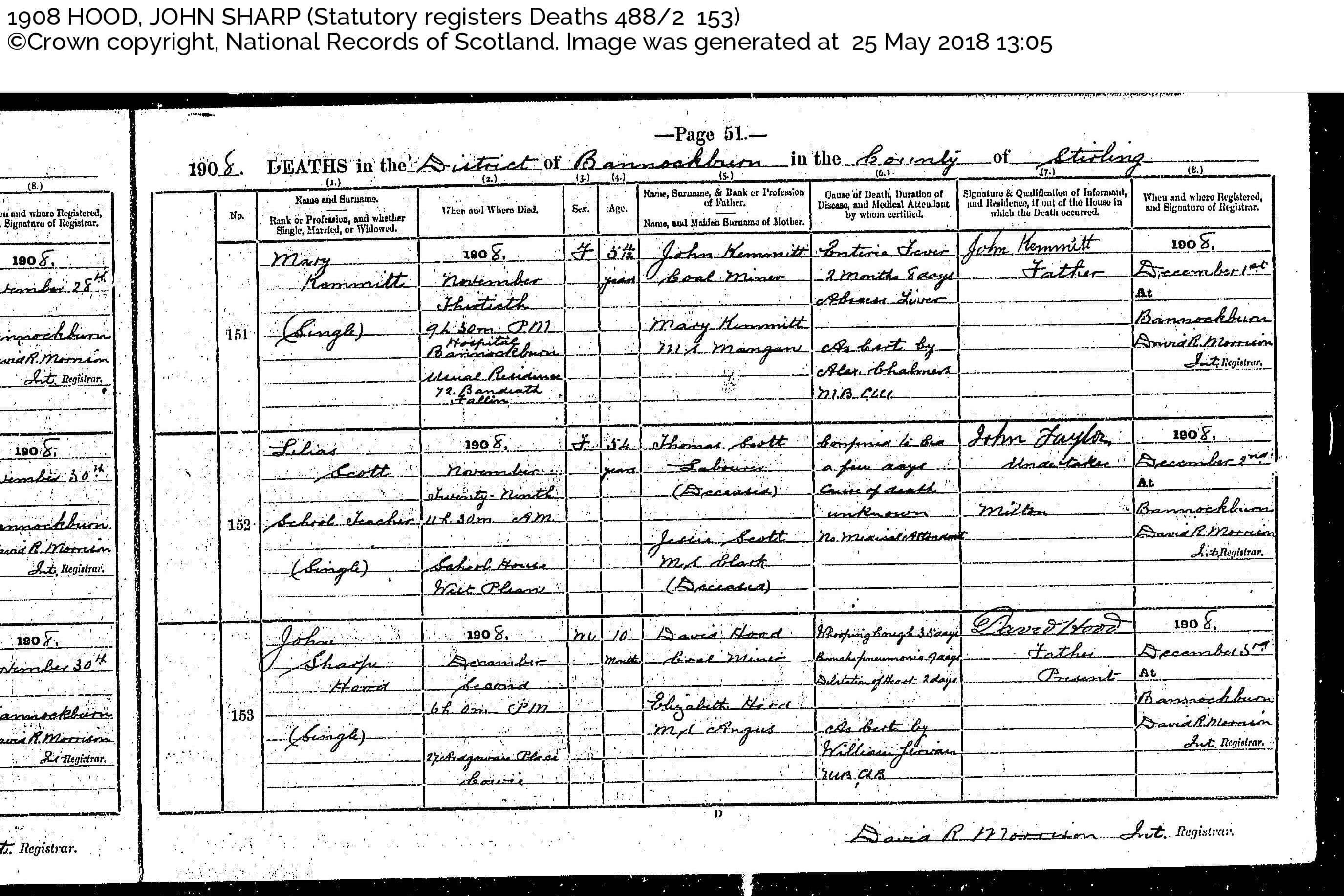
Image above: When you download Statutory records from ScotlandsPeople, like this death record for John Sharp Hood, complete citation information is included. Photo Credit: 1908 Hood, John Sharp (Statutory Register of Deaths 488/2) ©Crown copyright, National Records of Scotland.
2. Determining Your Scottish Ancestor’s Birthplace
Second, determine your ancestor’s Scottish birth place. The name of the parish is best, but you may be able to manage with just the county if you ancestor’s name was uncommon or you know the names of several of their family members. Check available U.S. records for this information. For example: vital records, post-1906 Naturalization records (before this date Naturalizations usually only record the country of origin), passenger lists, county or local histories, or in correspondence. If you are really lucky, you may find your ancestor in the series of books by David Dobson who mines both U.S. and U.K. records for emigrant Scots. Several of his books are available at Ancestry.com and are searchable. Location is a key fact because many Scots have the same name and many surnames (like Smith, Campbell, and Stewart) are quite common. Additionally, the same surname does not guarantee a family relationship, even for more uncommon names.
Many passenger lists record an emigrant’s last place of residence, which for Europeans was their place of birth. However, due to high rates of internal migration in Scotland, this may not be true for many Scottish immigrants. Keep an eye out for other locations associated with you ancestor; also be sure to check if the passenger list records the name and residence of the immigrants nearest relation in the old country. It is possible that this is your ancestor’s actual place of origin.
3. The Importance of Name Variations in Scottish Genealogy
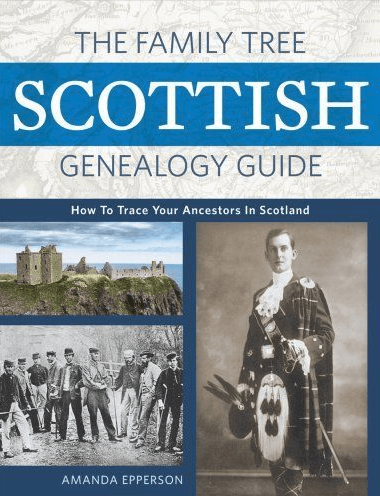
Click the image to get the book (thanks for using our links and supporting the free Genealogy Gems Podcast.
Third, determine all variations of your ancestor’s first and last names, especially if your ancestor was from the Scottish Highlands. In this region, the bulk of the population spoke Scots-Gaelic until the nineteenth century. However, all church records were kept in English, even if the minister spoke Scots-Gaelic. This meant that all Gaelic names, both first and last, needed to be rendered in English. There was often no consistency in how this was done. Some English renderings were reasonably close to the Scots-Gaelic name, but others were inspired by biblical or Latin names. Two commonly interchangeable first names include Donald and Daniel, and Angus and Aeneas. Highlanders also easily changed surnames, especially when moving from the land of one landlord to another. These name changes are often included in parish registers as an “alias” as in McIntosh alias Cattanach. And when Gaelic speakers moved south, they often Anglicized their surnames, so MacThoimish in Inverness became Thomson in Glasgow. You can learn more about interchangeable names in a brief article by Alan G. McPherson (https://www.clan-macpherson.org/museum/documents/alang12.pdf).
Scottish Genealogy Success
While finding any immigrant ancestor can be a challenge, and Scots are no different, there is the advantage that most of the records are in English, are easily available, and many of have been indexed. Following these three basic steps will help you identify your ancestors in Scottish records. Read more about newly available Scottish records here at Genealogy Gems.

About the Author: Amanda Epperson, PhD
Amanda Epperson is the author of the book The Family Tree Scottish Genealogy Guide. Since completing her Ph.D. in history from the University of Glasgow in 2003, Amanda has taught history at the college level, researched and edited family histories, most recently for Genealogists.com, and written articles for a variety of publications including Family Tree Magazine and Your Genealogy Today. She blogs occasionally at the Scottish Emigration Blog.
Disclosure: This article contains affiliate links and Genealogy Gems will be compensated if you make a purchase after clicking on these links (at no additional cost to you). Thank you for supporting Genealogy Gems!

